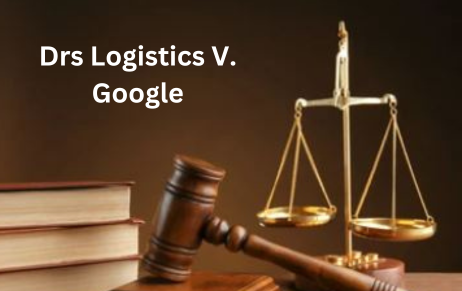INTRODUCTION Businesses seek to lure customers to the brand by using Google Ads word program,…
Day of reckoning for domain name bullies!
Ever since the advent of the Domain Name System, the entire world has experienced a radical metamorphosis that has brought about a revolution in the way we communicate and connect. Domain names have dramatically expanded the reach of businesses and brands to hundreds of millions of people and have incontrovertibly become an indispensable tool for business communication. Domain names, usually composed of brand names or trademarks, are not mere internet addresses but have significantly grown in importance and represent a business entity as capably as a brand itself.
It is apparent that depriving a rightful owner of its domain name is as grave an offense as transgressing any other Intellectual Property. Unfortunately, this practice, known as, Reverse Domain Name Hijacking, is on the rise as trademark owners are attempting to secure domain names by making false cybersquatting claims against a domain name’s rightful owner.
Reverse domain name hijacking is the practice by which trademark owners assert expansive trademark rights in an effort to strip legitimate holders of their domain names. This occurs when big corporations intimidate people or companies out of their domain names under the guise of trademark ownership, even though the particular use of a domain name does not constitute trademark infringement, dilution, or unfair competition in any manner.
Some trademark legal scholars have speculated that reverse domain hijacking may be met with the cancellation of the company’s mark under the doctrine of trademark misuse. Additionally, victims of reverse domain name hijacking have a specific cause of action under the new anti-cyber squatting legislation.
A recent entrant to this infamous list is the Consumer products giant “Procter & Gamble”, who has been found guilty of reverse domain name hijacking. What is even more astonishing is that P&G made outrageously false and misleading claims about its trademark “Swash” and then couldn’t save itself from the embarrassing unfolding of events.
The domain at issue was <swash.com>, owned by Marchex Sales, Inc. of Las Vegas, Nevada, and the Complaint was filed with the WIPO Arbitration and Mediation Center on November 2, 2012.
The facts of the case are summarized below:
P&G claimed that it obtained registration for the trademark “SWASH” throughout the world, including under the Madrid System, and with the OHIM, and USPTO, with the earliest registration, under the Madrid System, dating back to the year 1993. It further contended that it had earned more than USD 40 million in SWASH product sales and had spent in excess of USD 4 million in research, development, and advertising pertaining to those products and that it came to know about Marchex’s registration of the disputed domain name around May 1, 2012.
However, the WIPO Panel later found that P & G had misrepresented material facts to the panel. After being pressed, P&G made the shocking revelation that it had actually made sales of only $60,000. Also, the 1993 trademark was actually assigned to P&G after Marchex had owned the domain and it was not valid in the United States. The Panel also made the finding that P&G had abused the process of UDRP in an attempt at reverse domain name hijacking in contravention of the UDRP Rules in paragraph 15(e). An excerpt from the Administrative Panel Decision reads:
“The entire Panel finds it more extraordinary still that in its Complaint the Complainant represented the SWASH brand to be a worldwide brand of longstanding with multi-million dollar sales, stating that over the last 4 years alone the brand had gained sales of over USD 40,000,000. When this was challenged by the Respondent, the Complainant was forced to admit that the brand had only been on the market for 4 years, that sales had been restricted to the USA and that sales over those four years had totaled under USD 60,000. Had the Respondent failed to respond, there is a very real risk that the Panel, relying upon the 1993 International registration and the substantial sales volumes claimed for the brand, would have found in favor of the Complainant. This Complaint fell very far short of what the Panel was entitled to expect from a Complainant of this stature.”
The whole case can be read here.
Aftermath:
Procter & Gamble eventually ended up buying the domain <swash.com> from Marchex after its failed attempt to steal the domain name by paying only 5 to 10K USD in UDRP plus the attorney fees.
Even though this case should have been an eye-opener for domain name bullies, especially after the astringent criticism P&G is facing, Avaya Corporation, a multinational company with over 17,500 employees worldwide, tried to apply a ploy in bad faith in an attempt to deprive a registered domain name owner. Avaya too, later on, admitted that the Respondent (Avaya Electronics) is a manufacturer of data and telecommunication products that do not compete with its own products and the Panel found that the Respondent adequately showed that it is commonly known as “AVAYO” in its business name.
While there is no financial penalty for being branded a reverse domain name hijacker, odds are that future Procter & Gamble UDRP filings are going to be given extra scrutiny by WIPO panelists!
One can only hope that these cash-rich bullies would take a lesson from the not so Swash-buckling stunt P&G tried to pull off!
About the Author: Mr. Anirudh Sarin, Trade Mark Attorney at Khurana & Khurana and can be reached at anirudh@khuranaandkhurana.com
Follow us on Twitter: @KnKIPLaw

